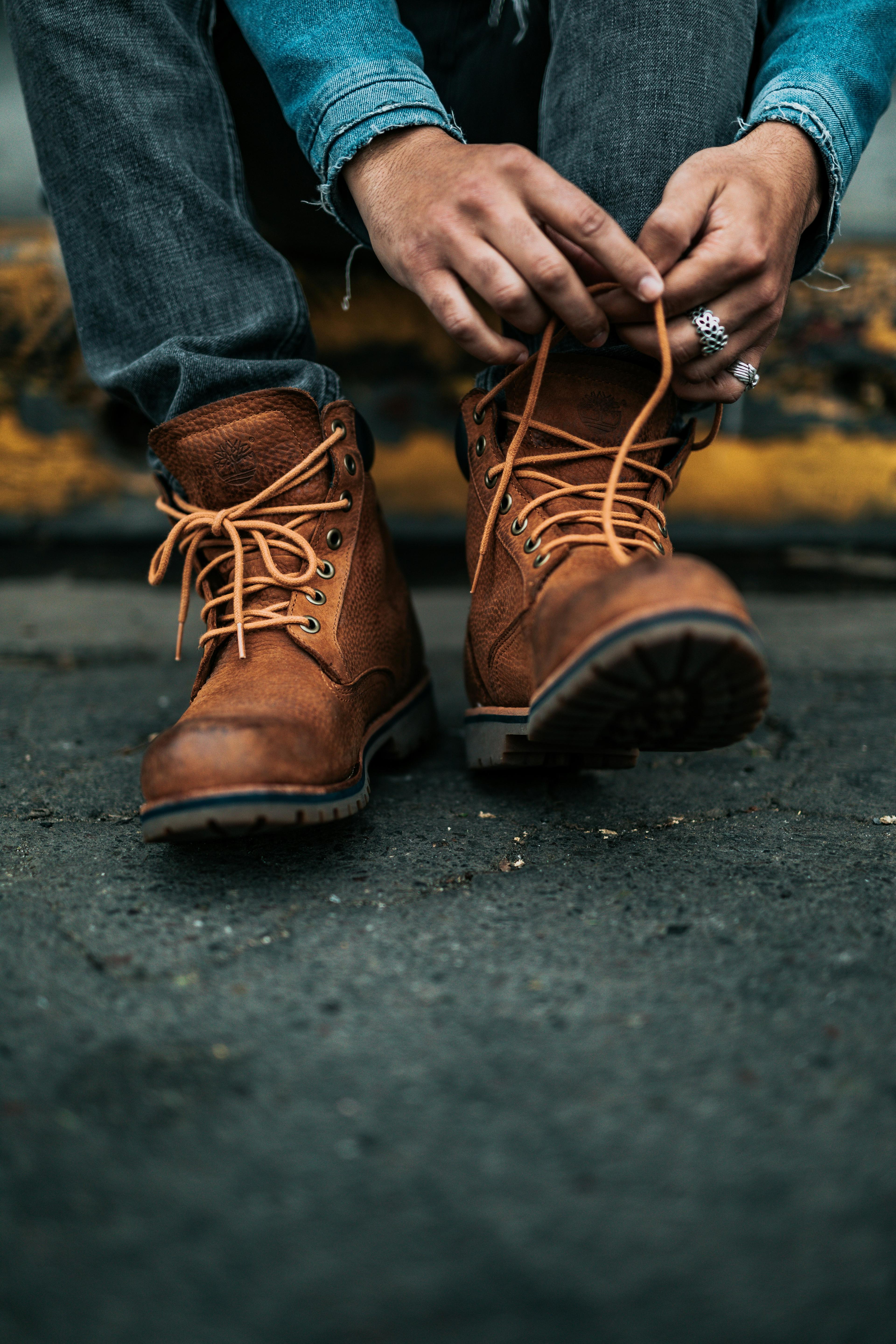Mining is an inherently dangerous industry, with a range of hazards that workers need to be aware of in order to stay safe. Among these hazards are slips, trips, and falls, which can result in serious injuries or even fatalities. In this article, we will discuss the causes of slips, trips, and falls in mining, as well as the steps that can be taken to prevent them.
Causes of Slips, Trips, and Falls in Mining
The causes of slips, trips, and falls in mining are numerous, but can generally be categorized into three main categories: environmental factors, human factors, and equipment factors.
Environmental factors: The environment in which mining takes place can be unpredictable and hazardous. Factors like uneven ground, wet or slippery surfaces, loose gravel or rocks, and poorly lit areas can all contribute to slips, trips, and falls.
Human factors: Human factors can also contribute to slips, trips, and falls in mining. For example, workers who are tired, distracted, or not paying attention to their surroundings are more likely to trip or slip. Additionally, workers who are not wearing appropriate footwear or who are carrying heavy loads are more susceptible to falls.
Equipment factors: Finally, equipment factors can also contribute to slips, trips, and falls in mining. Equipment that is poorly maintained, not properly secured, or not used correctly can all pose a risk to workers.

Industrial ladder
Preventing Slips, Trips, and Falls in Mining
Preventing slips, trips, and falls in mining requires a multifaceted approach that addresses environmental, human, and equipment factors. Some strategies that can be employed to prevent slips, trips, and falls in mining include:
Environmental factors: Mining companies can take steps to reduce environmental hazards by keeping work areas well-lit, properly maintaining walking surfaces, and addressing uneven ground or other hazards.
Human factors: Workers can be trained on the importance of paying attention to their surroundings, wearing appropriate footwear, and using proper lifting techniques to reduce the risk of slips, trips, and falls.
Equipment factors: Mining companies can implement equipment maintenance programs to ensure that equipment is in good working order and that workers are properly trained on how to use it. Additionally, equipment should be properly secured and workers should be trained on safe operating procedures.
Conclusion
Slips, trips, and falls are a serious hazard in the mining industry that can result in serious injuries or fatalities. However, by addressing environmental, human, and equipment factors, mining companies can take steps to reduce the risk of these incidents. Proper training, equipment maintenance, and hazard mitigation are all critical components of a comprehensive slip, trip, and fall prevention program. By prioritizing worker safety and taking proactive measures to prevent slips, trips, and falls, mining companies can create a safer workplace for their employees.
